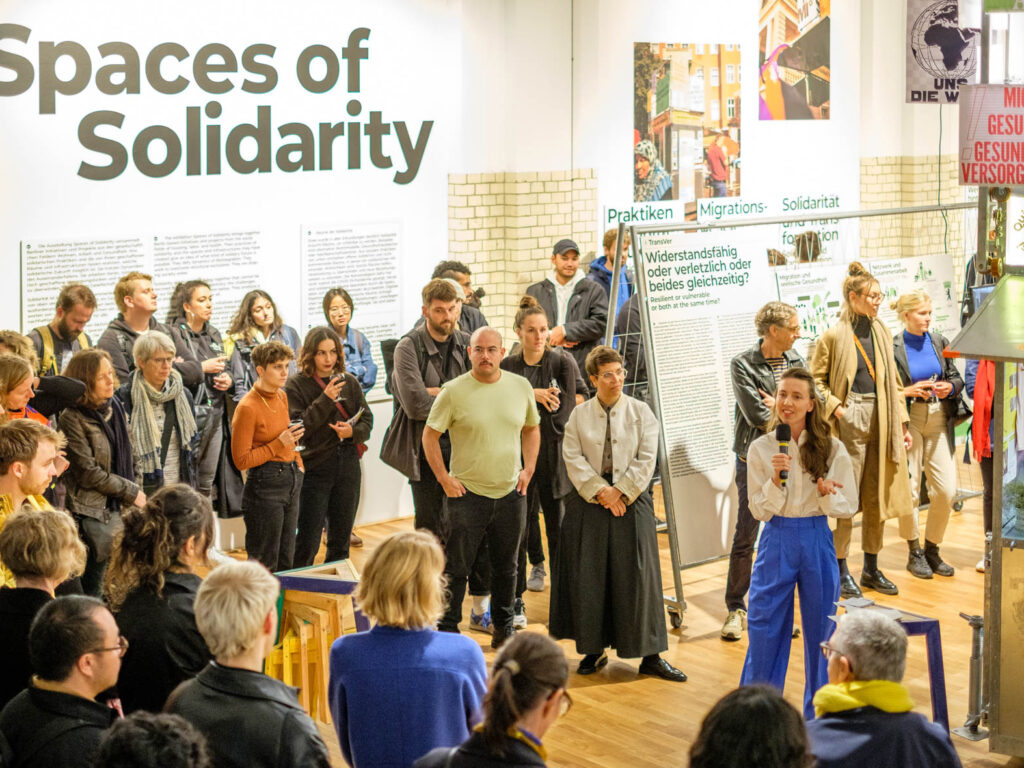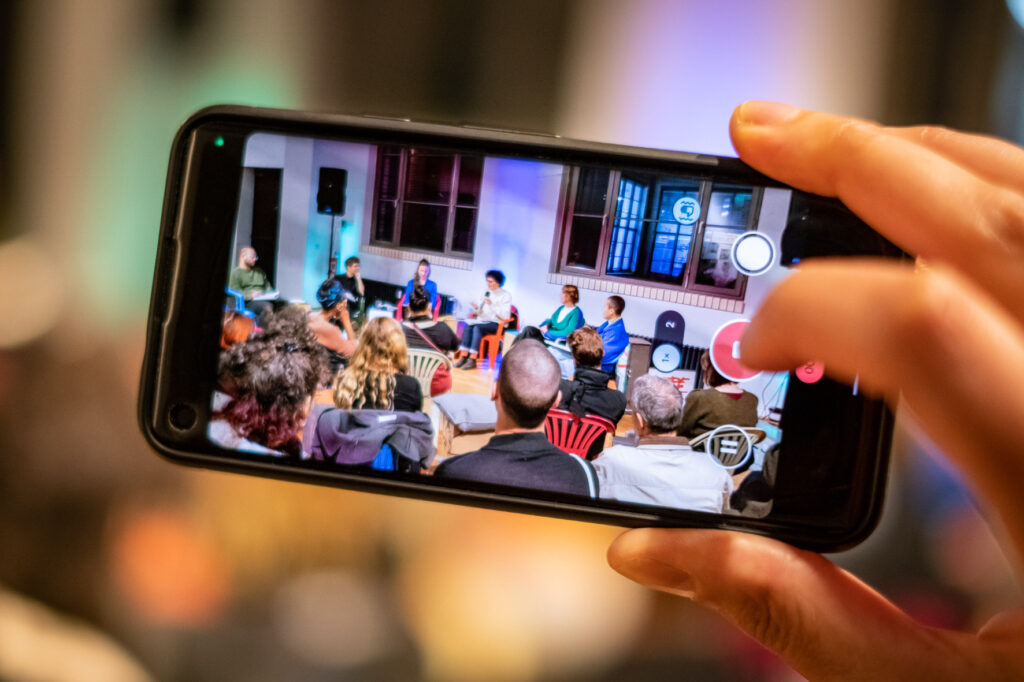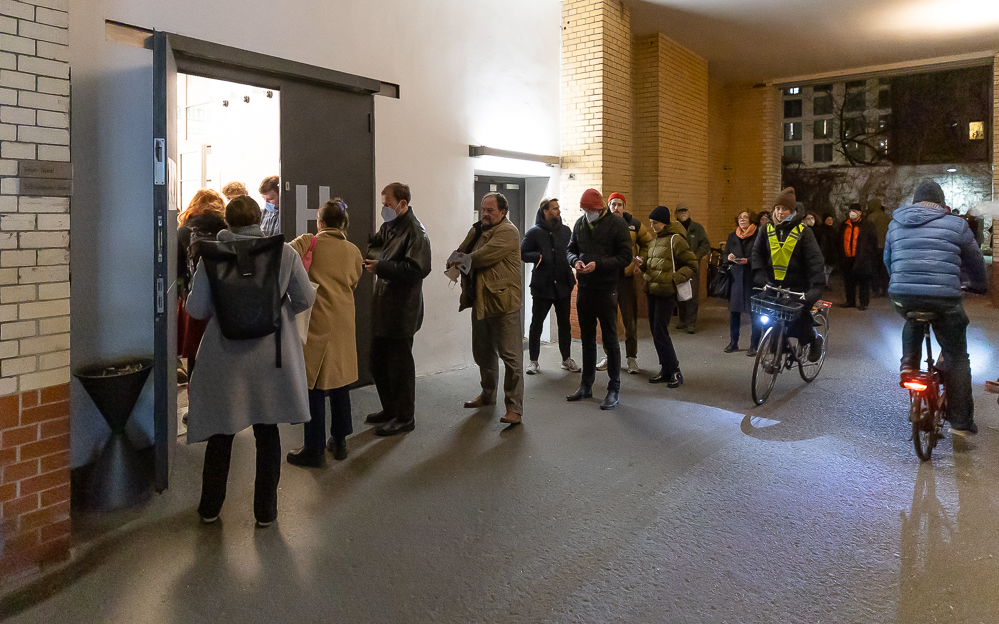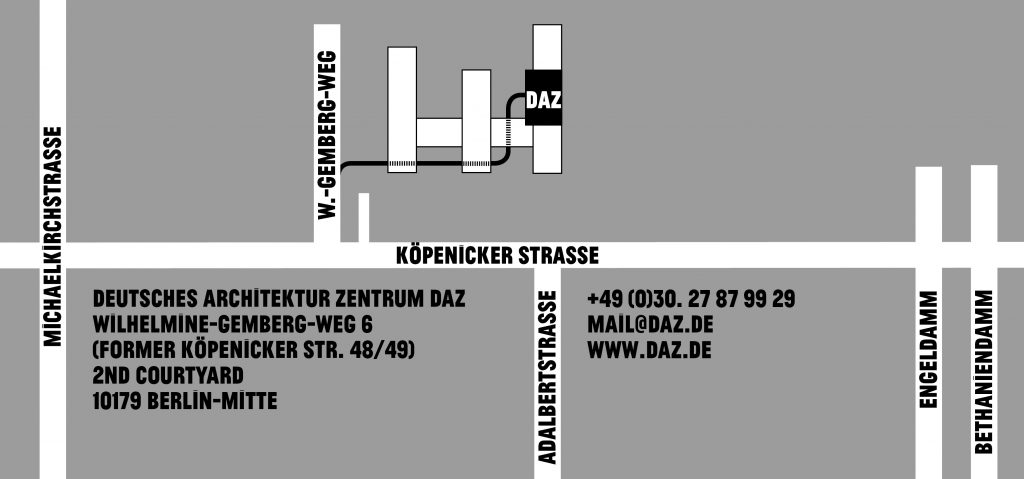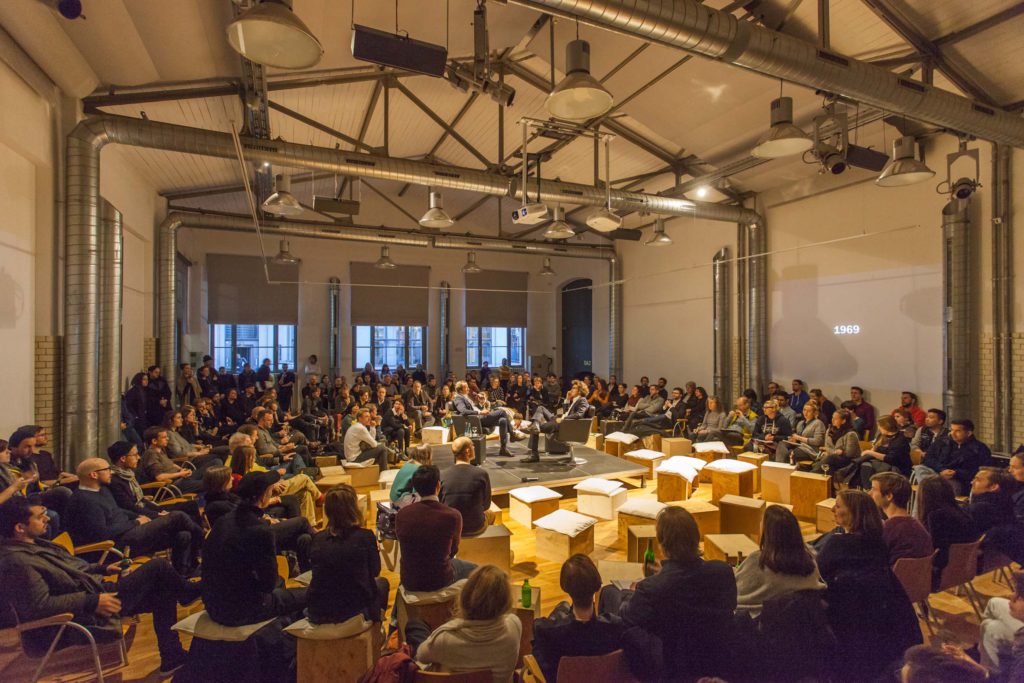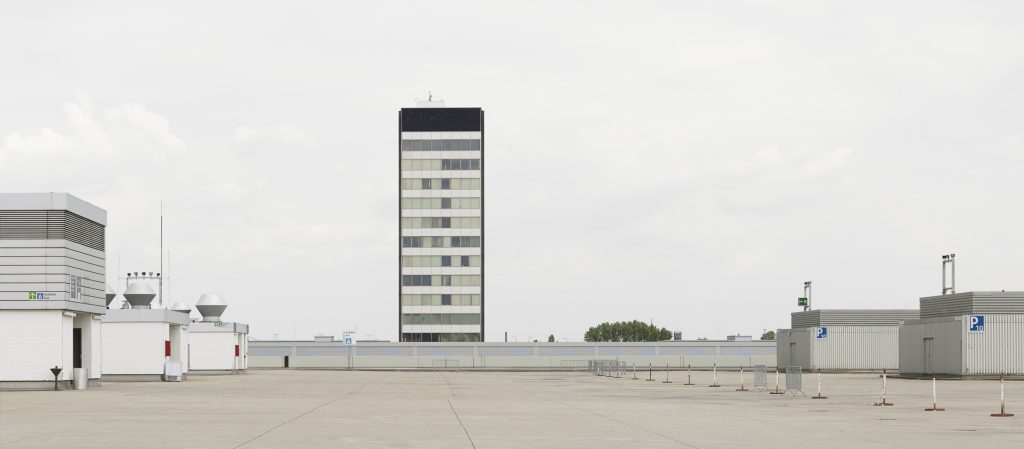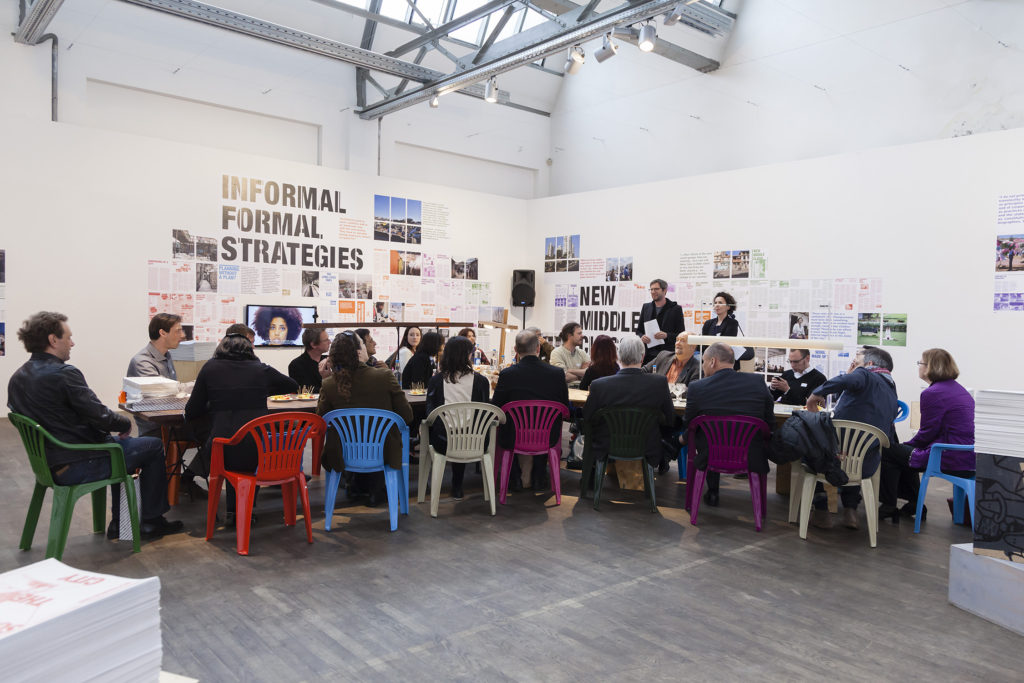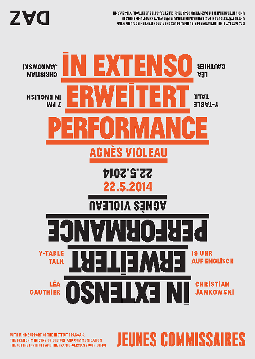
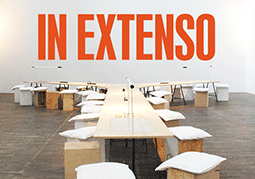
The Bureau des arts plastiques of the Institut français develops, in the frame of the program for young curators Jeunes Commissaires, and in cooperation with the Deutsches Architektur Zentrum DAZ, the project In Extenso – Erweitert and poses the question How to rethink space and matter? Four French curators – Agnès Violeau, Karima Boudou, Céline Poulin and Florence Ostende – have been invited to dedicate themselves to the themes of Performance, Social Context, Public Space and Storytelling in an experimental process based on a series of public discussions and workshops. An open and ongoing exchange between them, and with the invited artists, architects, thinkers from France and Germany shall be initiated at on edge of architecture and different disciplines within visual arts. This will offer the curators the possibility of a context-shifting, extended interaction, oscillating between architecture and visual arts, performative and narrative expression, physical and social space. The outcome of In Extenso – Erwitert will be presented in a second phase of the project from September 2015 onwards at the DAZ. The evolution of the project and the research process will be documented and made available on www.jeunescommissaires.de/de/inexenso.
22nd of May 2014, 7 pm: PERFORMANCE – Curator Agnès Violeau
Can performance always deal directly with space? If performance is the element that can reveal the spatial physicality of where the action takes place, could it also, on the other hand, try as much as possible to get rid of this spatial data, illustrating time as an ephemeral moment?
25th of September 2014, 7 p.m.: SOCIAL CONTEXT – Curator Karima Boudou
Both art and architectural projects have to keep in mind the social and cultural context in which they are inscribed. What is the nature of the strong impact that social context can have on space? Is it possible to reverse the subject, and therefore explore how the project can change the context?
27th of November 2014, 7 p.m.: PUBLIC SPACE – Curator Céline Poulin
Outdoor projects have to consider the context of the public space in a discursive way: how can an artwork deal with the plurality of voices that construct the public space? What is the impact on both sides regarding this intertwined, and sometimes complex, relationship between the artist and the audience in this context?
5th of February 2015: STORYTELLING – Curator Florence Ostende
— The event does unfortunatly not takes place! —
We can, in a way, consider space and architecture through time, history and narrative. How can different layers such as past, present and future create a context comparable to a narrative input, and therefore become a potential space for the action?
Jeunes Commissaires www.jeunescommissaires.de
